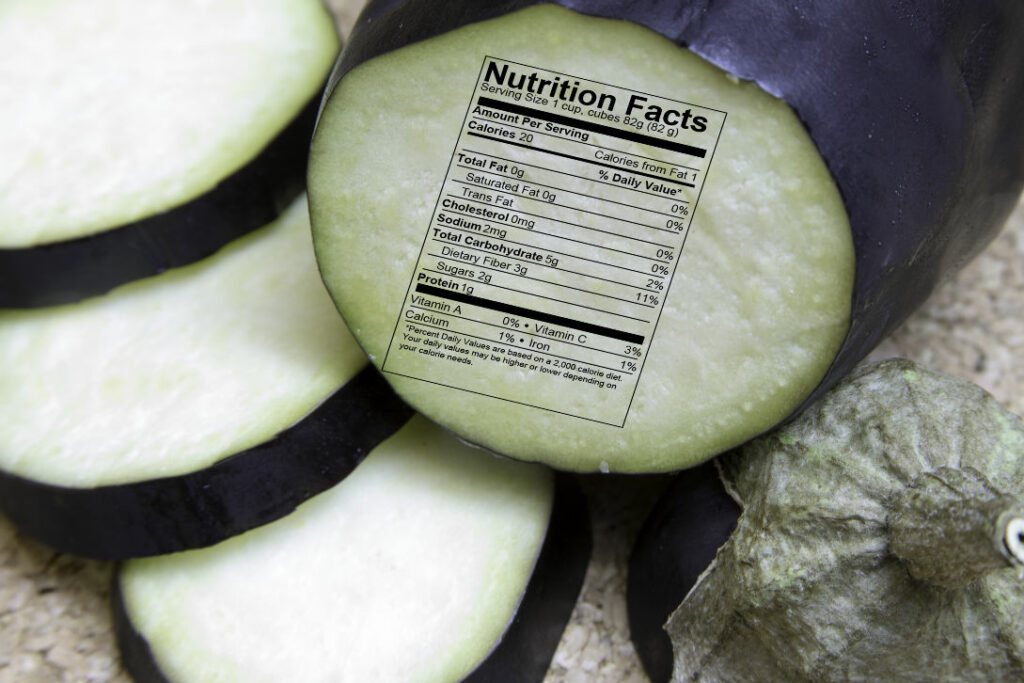Decoding Food Labels: A Marketer’s Nightmare

Are you getting tricked by food marketers? How do you know?
It happens to the best of us. We’re choosing between two items at the grocery store, and one says “fat-free” on the label, while the other says “gluten free.” Maybe you see a third option that says “low sodium.”
Which do you choose for improving your health?
Plot Twist: They’re all gummy bear candies, low in nutrients and high in added sugar…but the marketing labels tricked you.
So what do you NEED to know about labels to make the best decisions for your health? We’ve got our top 3 below:

#1. Know which stamps have meaning, and which don’t.
Marketing stamps on food packaging are NOT regulated by the FDA. Here’s a few stamps to be wary of as they might not have any real meaning about the health of your food:
- 100% Premium
- All natural
- Healthy
- 100% Natural
However, there ARE certain stamps that CAN tell you more about the quality and source of your food such as:
- 100% Grass Fed PCO Certified: requires that the cattle were fed only grass and forage with no grain
- Certified Grass Fed by AGW: farm is Animal Welfare Approved
- NON GMO Project: identifies that there are systems in place that address testing, traceability, etc. working to minimize risk of GMO contamination
- USDA Organic: Animals are fed 100% organic feed and forage, not GMO products, and are not administered antibiotics or hormones.
While these are just a few examples of certifying bodies, take a look at your foods and get familiar with which organization places their stamp on it along with their requirements.

#2 Remember that the RDA is based on the average, not based on YOU.
The Nutrition Facts section IS regulated by the FDA and gives you a couple more key pieces of information:
- You can better identify if a food is healthy, by looking at the amount of “Added Sugars” and “Trans Fats” listed in the table.
- You can identify HOW MUCH you need to eat (the serving size) to consume the stated amount of protein, fat, or carbohydrate.
However, remember that the “recommended daily allowance (RDA)”, or the percentages you see listed, are NOT specific to YOU.
There is a huge difference between the needs of a big-bodied 6’2 male athlete and a petite 5’1 sedentary female when it comes to calories, macronutrients, and micronutrients (vitamins/minerals) in a healthy diet.
Additionally, our nutritional needs change based on many other things: age, sex, activity levels, medical conditions, pregnancy, smoking status, alcohol consumption and more.

#3. Get comfortable with the ingredients list.
One of the most important pieces of information on a food label is the ingredients list. This IS regulated by the FDA, and can tell you EXACTLY what you’re putting in your mouth.
This list is where you can see whether or not various stabilizers, flavorings, dyes, preservatives, fillers, or other additives have been added to your food.
Now think back to those two items you were comparing at the grocery store…and choose the one with less additives. If you’re unsure on a specific ingredient, a quick internet search will give you an idea of what you’re looking at (is it an added vitamin/mineral? Or is it a filler?)
If you want a customized plan and support to reach your goals, sign up for FREE one-on-one coaching
Contact Us
Don’t hesitate to get in touch with any questions or feedback. We’re here to help!
Register for Your Account
Register for an Account
Start the Sleep Challenge!
Schedule a Well-Being Strategy Call
Submit your information below and our team will respond ASAP!
Workplace Wellbeing Inquiry Form
Government Contracting Inquiry Form
Application
